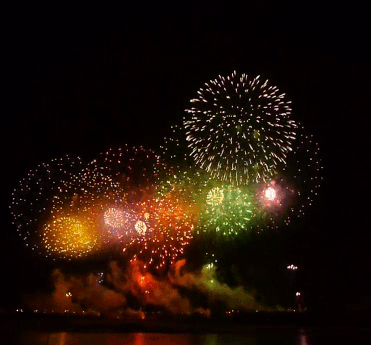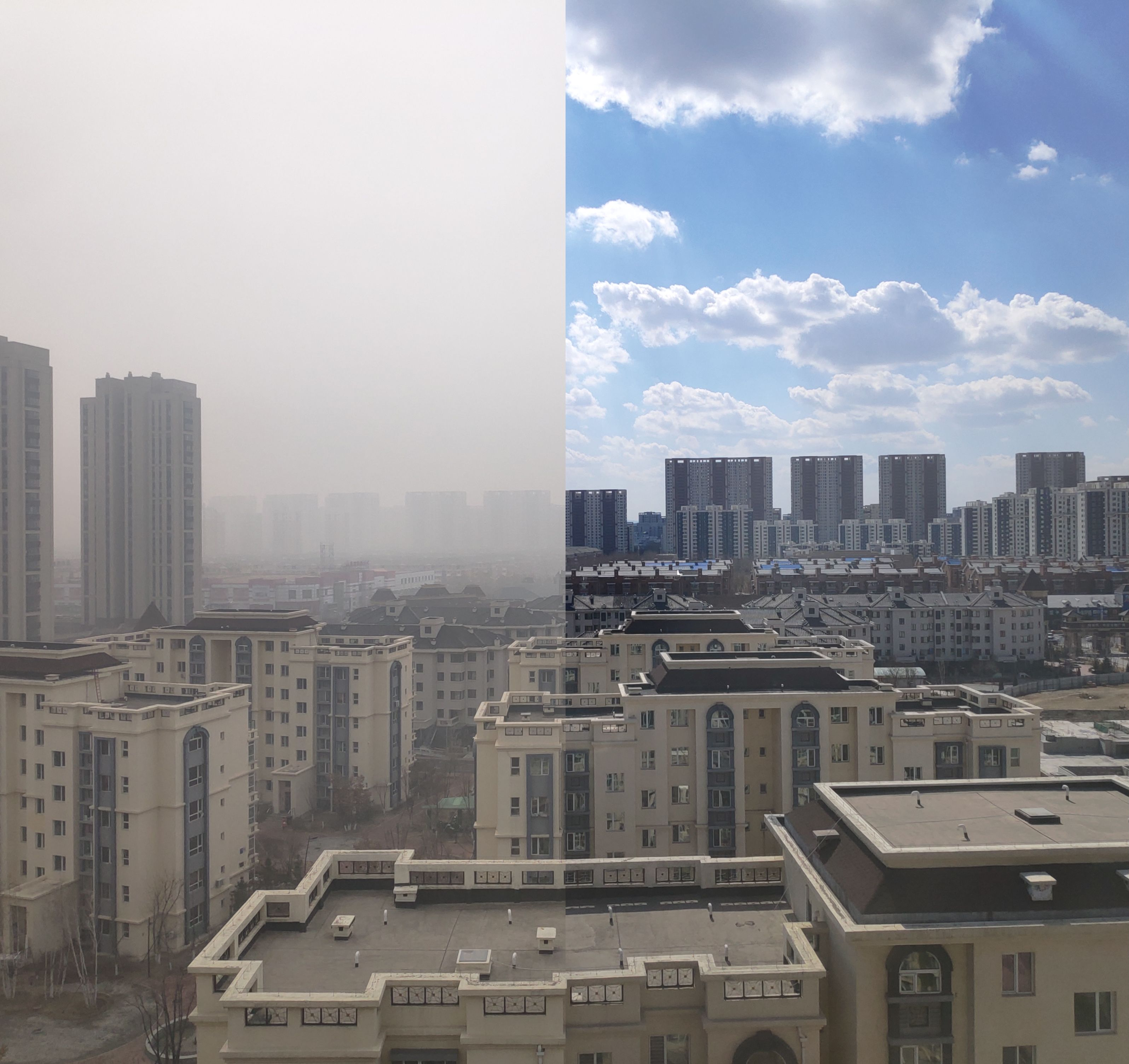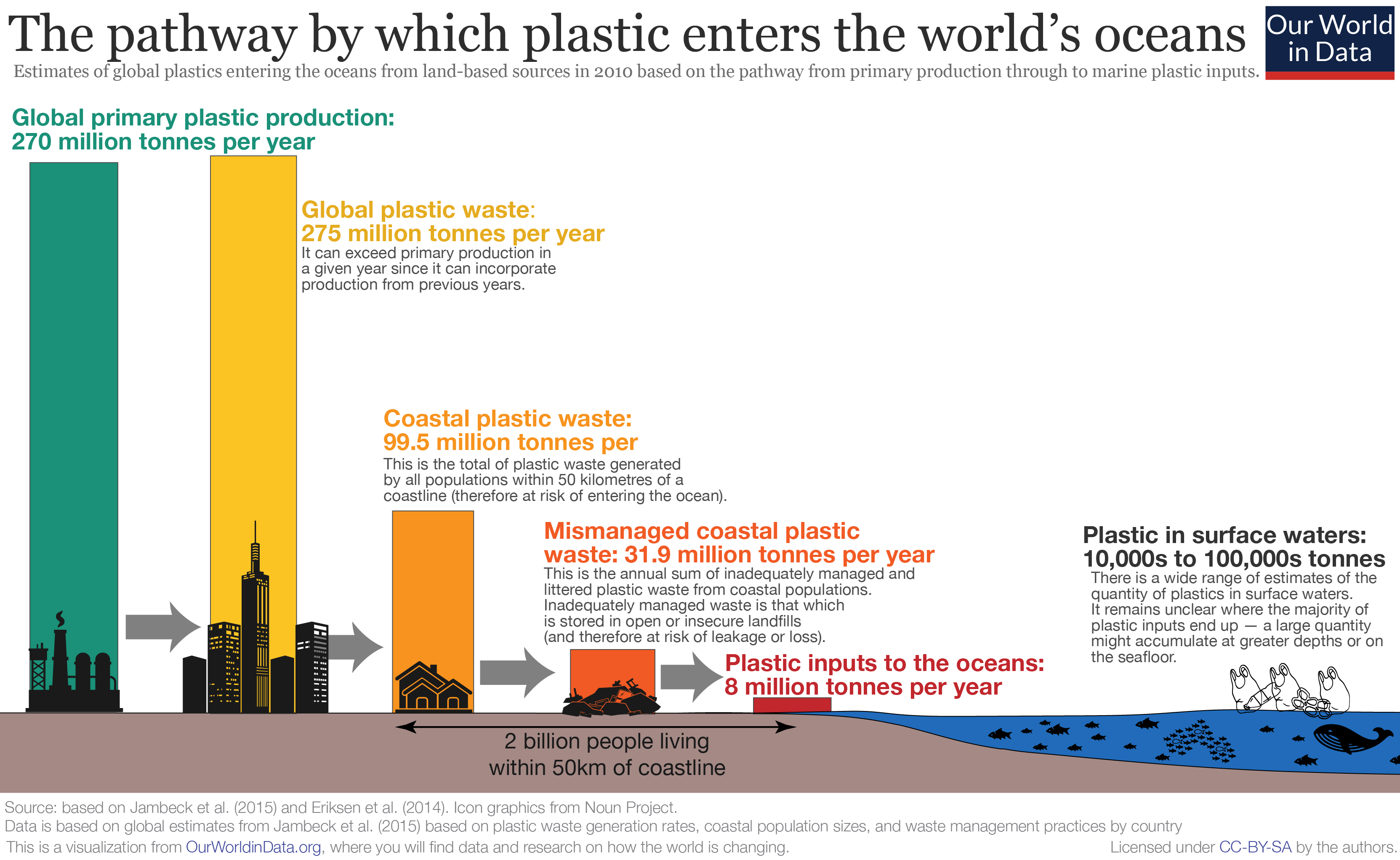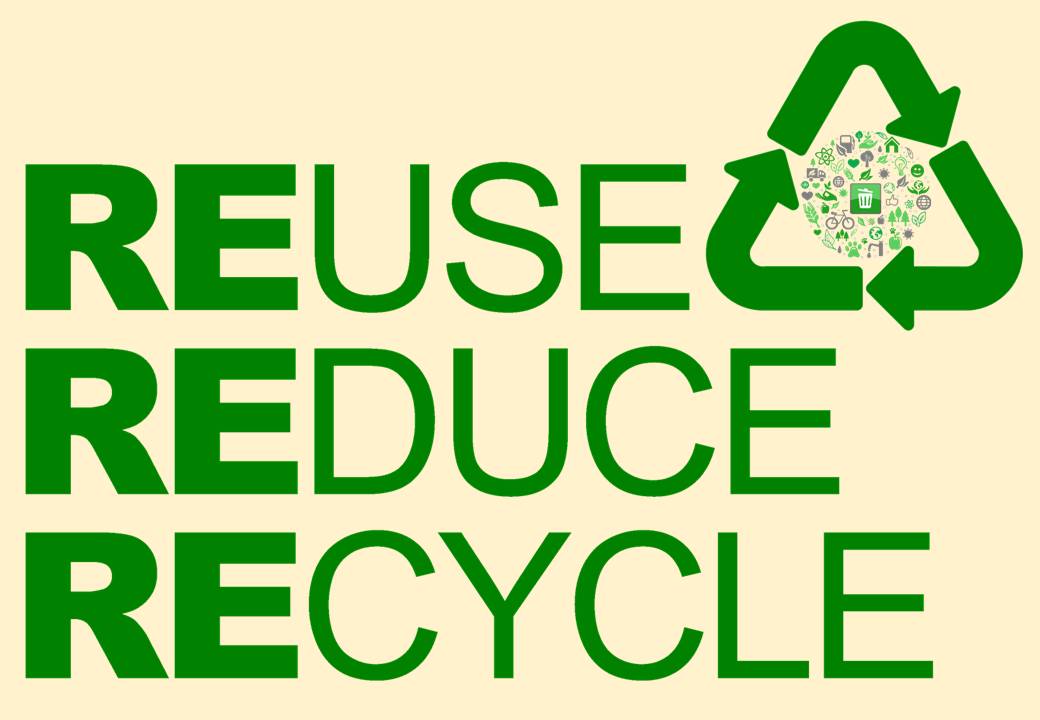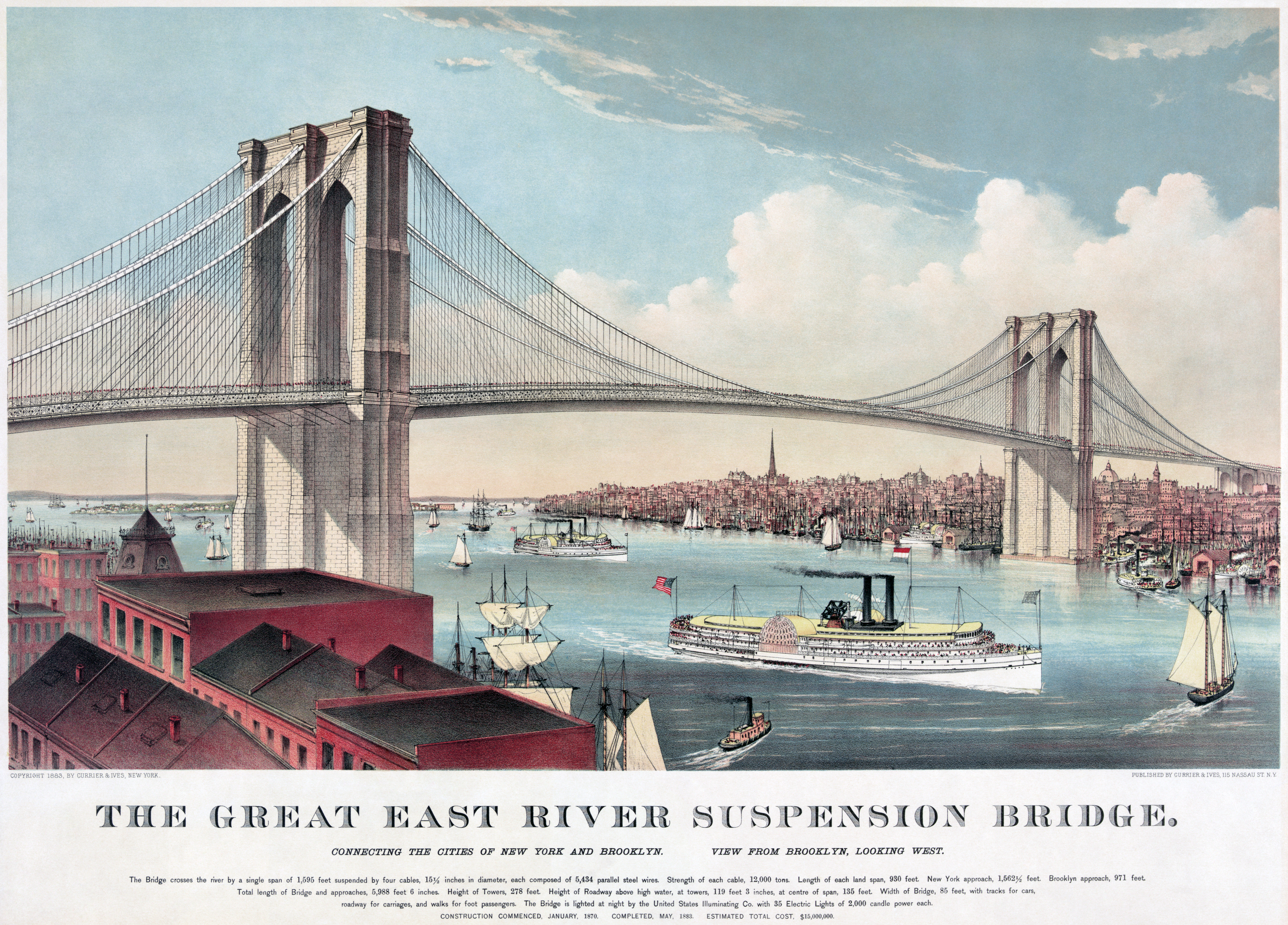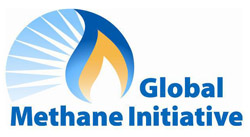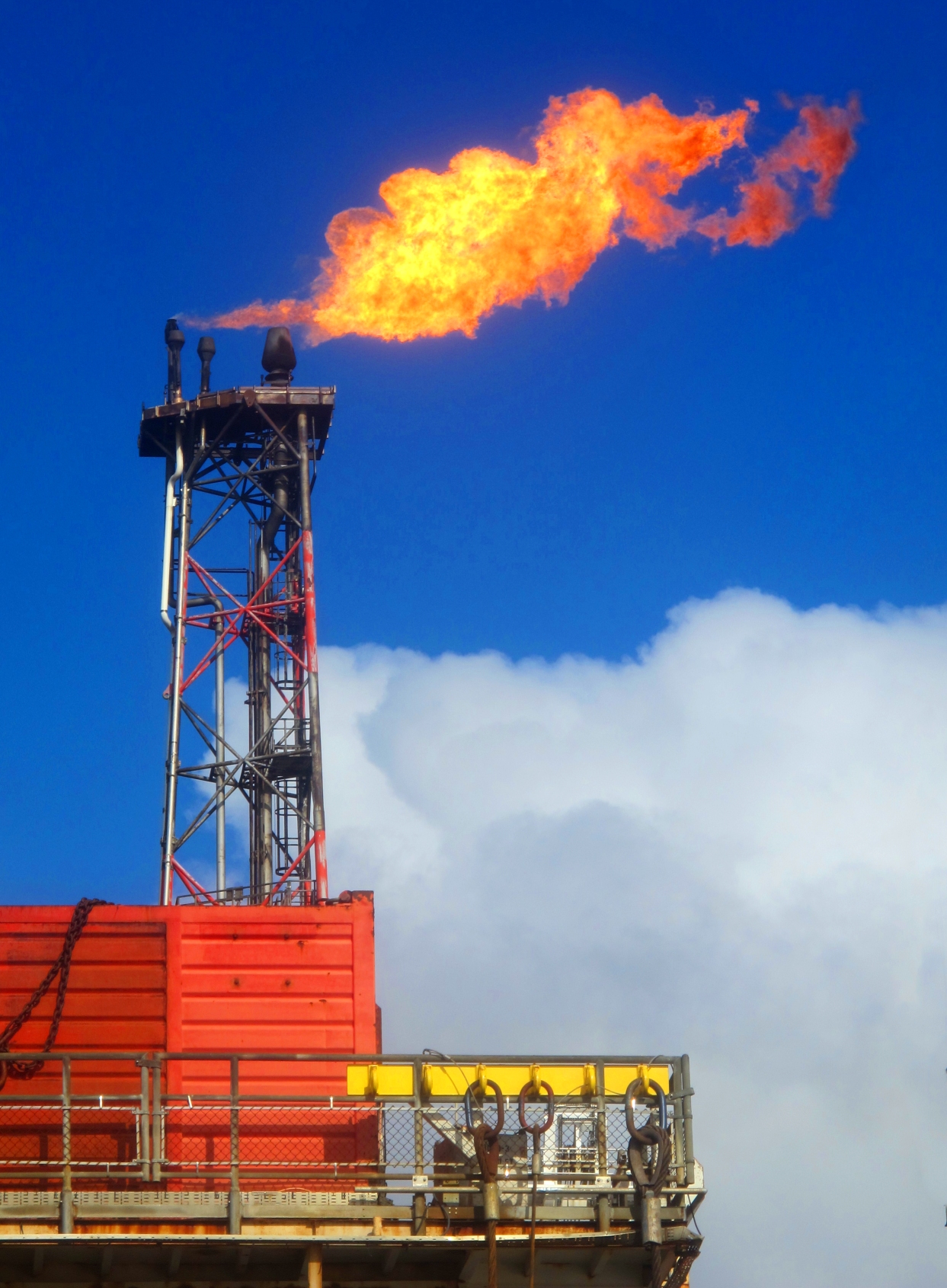
The deep seabed is home to marine life, but also contains minerals now subject to mining. Image: “Marine Life” by Jerred Seveyka, Yakima Valley College, 2020. Creative Commons 2.0. Included with appreciation.
The International Seabed Authority (ISA) finance committee begins this week to build upon legal and technical committee recommendations regarding whether to allow robotic bulldozers to rip up the deep seabed in search of minerals and metals to power renewable energy needed to stop climate change.

There is still time to stop seabed mining before it starts. Image: “Animated Clock” by Wikimedia Deutschland e. V. Animators Kunal Sen & Tisha Pillal. Creative Commons 4.0.
It is more than ironic to mine the deep seabed to stop climate change. It could be irreparably tragic. But there is still time.
World Bank and International Energy Agency estimate a 500% increase in demand for battery metals and minerals like cobalt by 2050. Now, cobalt is mined on land, with some concerns about environmental damage. Is deep seabed better? Do we really need to deploy explosives and bulldozers to blast open seamounts and crusts for cobalt, manganese, nickel, titanium? Not only will such invasive actions damage the direct area, but ocean currents certainly will carry the effects further.

Clarion-Clipperton Zone, between Hawaii and Mexico, contains more minerals than all the land-based supply. But should we mine the deep seabed? Image: “Clarion-Clipperton Zone” by NOAA, 2011. Public Domain.
The deep seabed’s seamounts and crusts – the same environments where minerals are formed – are habitats of corals, crabs, fish, sea stars, and marine seagrasses of more than 70 species. Recently, the UK’s National Oceanography Centre’s Seabed Mining and Resilience To Experimental Impact (SMARTEX) explored the Clarion-Clipperton Zone (CCZ) between Hawaii and Mexico, finding new lifeforms including a sponge with the longest-known lifespan on Earth – 15,000 years. The CCZ is home to vast marine life, including 5,578 species – 88% of which are newly discovered and not even named. The CCZ’s polymetallic nodules contain more key metals than the entire world’s land-based reserves, making it prime prospecting territory. But is it necessary? Do we really need deep seabed mining for minerals like cobalt?

Cobalt mined in Schneeberg, Saxony, Germany. Image by photographer Privoksalnaja, 2013. Public Domain.
Cobalt is recyclable and reusable. So is nickel. Companies and governments that use such minerals find it easier to obtain “virgin” mineral resources than to engage in recycling. European Commission currently proposes negating Directive 2006/66/EC and upgrading Regulation (EU) No 2019/1020 to require more recycling. Cobalt and copper are largely recycled but most minerals and metals have recycling rates under 34%; some just 1%.
Should the International Seabed Authority (ISA) call for a moratorium on exploitation mining? Now is the time to express your opinion. “ISA Logo” Public Domain.
The International Seabed Authority (ISA) issues and approves contracts for exploration of the deep seabed beyond national territories. ISA has the power to grant exploitation – mining. Recent actions by member nation Nauru triggered an acceleration that may lead to exploitation contracts as soon as this summer. Right now, ISA’s future leadership is about to be decided in a coming election. It is a critical time. The marine environment needs your support now.

Marine life needs your support. ISA is about to decide the future. Express your opinion while there is still time. Image: “Aluterus scriptus” by photographer Peter Cremer, 2011. Creative Commons 4.0.
Like outer space, the deep seabed belongs to everyone on Earth. The Clarion-Clipperton Zone (outside of national jurisdiction of coastal abutters) belongs to you. Will you join Sir David Attenborough and other scientists to call for the International Seabed Authority to enact a moratorium on exploitation contracts for seabed mining? Sign the petition here.

Don’t let the sun set on the time to express your opinion on seabed mining. Image: “Wood Point Jetty Sunset” by John, 2002. Creative Commons 2.0.
Brooke, K. Lusk. “Buried Treasure and Speedo Diplomacy.” Renewing the World: Casebook for Leadership in Water (2024) Case #6: pages 55-66. ISBN: 979-8-9850359-5-7. https://renewingtheworld.com
Brooke, K. Lusk “Deep Seabed Mining.” 18 July 2023. Building the World Blog. https://blogs.umb.edu/buildingtheworld/2023/07/13/water-energy-deep-seabed-mining-part-2/
European Commission. “European Commission Proposal for a Regulation of the European Parliament and of the Council concerning batteries and waste batteries, repealing Directive 2006/66/EC and amending Regulation (EU) No 2019/1020.
Greenpeace. “Stop Seabed Mining Before It Starts.” https://www.greenpeace.org/international/act/stop-deep-sea-mining/
International Seabed Authority (ISA). https://www.isa.org.jm
Lipton, Eric. “Fight Over Seabed Agency Leadership Turns Nasty.” 4 July 2024. New York Times. https://wwwnytimes.com/2024/07/04/us/politics/seabed-agency-mining.html
Miller, K.A., et al., “Challenging the Need for Deep Seabed Mining From the Perspective of Metal Demand, Biodiversity, Ecosystems Services, and Benefit Sharing.” 28 July 2021. Frontiers in Marine Science: Ocean Sciences and Ethics. https://www.frontiersin.org/journals/marine-science/articles/10.3389/fmars.2021.706161/full
Ocean Foundation, The. “Defend the Deep.” FILM by Richard Charter of The Ocean Foundation and Liz Rubin of Ecodeo https://youtu.be/C4uu03DiVhE?si=Wa1ZAeavBJ_N2Bd2
Ocean Foundation, The. “Deep Seabed Mining.” https://oceanfdn.org/deep-seabed-mining/
Oceanographic. “Over 5,000 new species discovered in the Pacific’s deep sea.” 26 May 2023. https://oceanographicmagazine.com/news/5,000-new-species-found-in-clarion-clipperton-zone/
Rabone, Muriel, et al., “How many metazoan species live in the world’s largest mineral exploration area?” 19 June 2023. Current Biology. Volume 33, Issue 12, Pages 2383-2396, E5. https://www.cell.com/current-biology/fulltext/S0960-9822(23)00534-1
SMARTEX. “Seabed Mining and Resilience to Experimental Impact.” https://smartexccz.org
Starr, Michelle. “Alien-Looking Species Seen For First Time Ever in Ocean’s Darkest Depths.” 7 June 2024. https://www.sciencealert.com/alien-looking-species-seen-for-first-time-ever-in-oceans-darkest-depths
United Nations Environment Programme (UNEP). “Recycling Rates of Metals: A status report.” 2011. ISBN: 978-92-807-3161-3. https://www.resourcepanel.org/reports/recyclilng-rates-metals
World Wildlife Fund. “Future mineral demand can be met without deep seabed mining as innovative technology can cut mineral se by 58%.” 28 November 2022. https://wwf.panda.org/wwf_news/?7087466/Future-mineral-demand-can-be-met-without-deep-seabed-mining-as-innovative-technology-can-cut-mineral-use-by-58
Building the World Blog by Kathleen Lusk Brooke and Zoe G. Quinn is licensed under a Creative Commons Attribution-NonCommercial-NoDerivs 3.0 U


